Meet the Designer - Thomas Harrison
Our interview with Thomas Harrison - the Lodestars Anthology designer.
Designer extraordinaire and all-round good egg Thomas Harrison has worked on every issue of Lodestars Anthology since the magazine’s inception way back in 2014 - adding to it lashings of style and creative energy, and helping to shape the mag into what it is today. Lodestars wouldn't have come alive without him. So we felt it was time we sat down and had a chat about design, travel, collaboration and much more besides. Here’s to creative partnerships and getting dream projects off the ground!
When you agreed to design the mag all those years ago, I remember being so excited - finally this vision I had was possible as there was someone with the passion and design know-how to make it a reality. What made you decide to say yes to the project?
At the time, taking on design work outside of my full-time job was still relatively new for me. I’d worked with charities, musicians and comedians, but I was looking for something more ambitious. In my career as an architect, I’d already seen how often promising projects never reached completion, not because of a lack of effort or vision, but because that’s simply the nature of large, complex work. So I was keen to be part of something that could move from idea to finished piece within a short space of time, something tangible I could hold in my hands.
What really convinced me, though, was working with Liz. From the start there was trust, ambition and a sense of chemistry in the collaboration. That combination gave me the confidence that this was a project worth saying yes to.
What do you enjoy most about designing each new issue of Lodestars?
What I enjoy most is the way I can become fully absorbed in the process of piecing everything together. For me it’s similar to sitting and drawing for hours, I lose track of time and become completely immersed. It’s a chance to set aside worries or distractions in an increasingly hectic world. That sense of focus feels like a form of escapism, and I hope it’s something our readers also experience when they spend time with the magazine.
Can you talk us through your creative process?
Because I’ve always worked on the magazine in parallel with a full-time job, I tend to design in big, uninterrupted chunks of time. That way of working gives me the sense of immersion that I really enjoy and it allows me to settle into the process. Music is a constant companion too; I’ll listen to artists whose work feels connected to the places or themes we’re exploring, which helps me stay calm and focused.
The real satisfaction comes in finding the balance between words and images. I look for photographs that don’t just illustrate the text but complement it folding in patterns, colours or shapes that echo the writing and bring out its nuances. Much of it is instinctive, guided by what feels true to the subject. When the pieces begin to align, there’s a real joy in seeing the issue take on its own character, something that feels distinctive and whole.
What's one of the biggest changes you've seen in the mag - and the way you design - over the years?
One of the biggest changes has been the confidence that’s grown in both the magazine and the way we collaborate. The scope of the work has expanded beyond the original format to include city guides and special projects like Postcards, which has allowed the design to develop in new directions. With each issue, I’ve become more comfortable trusting my instincts, leaning into patterns, arrangements and pacing that feel right for the subject, so the design itself has grown more assured over time.
Equally significant is the way our collaboration has evolved. Liz and I have gone from being based less than a mile apart to working on opposite sides of the world, and yet the process still feels seamless. That continuity is rooted in the sense of trust and ease Liz and I had from our very first meeting about the magazine, something that has allowed the Lodestars to adapt and grow while always feeling true to itself.
What do you want people to feel when flicking through the pages of Lodestars?
What I hope people feel when they flick through the magazine is that sense of being drawn into an experience. Of course, a copy can be picked up with the intention of planning a trip, but the visual and written storytelling goes beyond that. It captures something of the light, the atmosphere, the sounds and the bustle of a place, so that it resonates just as much with someone planning a journey as with someone at home who wants to experience a country without necessarily visiting it. That inclusivity, and the way our contributors manage to evoke such richness, is something I find fascinating and really special about the magazine.
Has there been a Lodestars story over the years that’s really stuck with you?
Selfishly, it’s Coral Cornucopia in Issue 6, Sweden. My reasoning is very much influenced by the fact that the story included my own photographs, and it was a wonderful opportunity to capture images that reflected both the tone of the magazine and the character of Gotland, where we visited. When I say ‘selfishly’, it’s tongue in cheek, of course, because the real reason it stands out is that the trip involved both Liz and me. It offered a fascinating window into her process as the editor and driving force behind Lodestars, how she engages with people and places. Over the years my work with Liz has mostly centred on the design of the magazine, but in this instance I was able to see everything through her lens, which made the experience especially memorable.
You have a full time job outside of Lodestars - as a creative person, how important is it to have side projects like this magazine?
It is incredibly important to me. As an architect, particularly one involved in larger projects with multiple stakeholders, it’s rare to see a project through from start to finish, which can be frustrating. Lodestars has offered me countless opportunities to work on something from its beginnings to holding it in my hands, all within a relatively short timeframe.
There are further reasons too. When studying architecture, there’s a strong focus on artworking and on curating images and text when building portfolios or presentations. Lodestars has given me the chance to build on those skills, so that I’d be prepared to produce my own promotional material should I set up practice on my own, or, if one day, my career shifts from architecture into other forms of digital and print design.
Do you have any advice for aspiring graphic designers?
This is a tough one, and honestly I feel unqualified answering it, as I haven’t had any formal graphic design training! What I would say is: take opportunities, even if they seem a little obscure or don’t immediately align with the path you think you’re on, or want to be on. They might not open doors straight away, but that doesn’t mean they won’t pay off in the future. And just as importantly, try not to burn bridges. Even if an experience is difficult, reflect on it, acknowledge the learning, and move forward, you never know how things may evolve. Having advocates and allies within reach is invaluable.
Colleen Southwell
An extract from the book Pearls - conversations with 41 brilliant Australian women.
An extract from Angela Schaffer’s new book - Pearls - Wisdom and inspiration from women who are quietly changing the world.
A short drive from Orange, along eucalyptus-lined roads, Colleen Southwell’s magnificent garden sits in harmony with the rolling hills of the Central Tablelands. It is beautiful, calm and has stories to tell - much like Colleen herself - and as we wandered through her creation drinking in the heady aromas and flashes of colour, I noticed my mood changing as she pointed out details that even an avid garden-lover like me had missed. Besotted and absorbed, I started seeing nature as she does and the wider world vanished.
Colleen practises ‘slow gardening’ - mindful engagement with all she cultivates. And the rewards are plentiful. Countless creatures have made this floral oasis their home, there’s time to pause and think, and you’re reminded to appreciate the wonders right in front of you. It’s no surprise this garden provides boundless inspiration for Colleen’s art.
Replicating the beauty found in a garden, Colleen meticulously hand-crafts a myriad of delicate paper shapes, which together form an almost ethereal, monochromatic representation of the treasures that can be found in the natural world - as long as we take the time to look for them. Her art is joyful and mesmerising, and as we sat in the kitchen a little later, happily chatting over her just-baked rhubarb tart, I was drawn to a piece awaiting shipment to New York. Mounted with entomology pins, thousands of finely drawn, painted, cut and embossed pieces of paper had become leaves, roots, spiderwebs, nests and blooms; a whole world in a frame. The more I looked, the more I saw - and that’s a maxim for life if ever there was one.
Do you have an early garden memory?
I remember my grandmother’s garden at Dee Why which was so incredibly overgrown, almost like a jungle. The soil was sandy and there was no lawn, but it felt like there were dozens of trees and lots of canopy with nooks and crannies everywhere. I remember playing there with my cousins, and even though it was by no means a pristine garden, it was a magical one. One of those gardens where you imagined creatures living in the undergrowth.
I’ve also always adored Markdale at Crookwell, an Edna Walling garden. She was one of Australia’s most influential garden designers, and I love her garden designs because there’s such a sense of story in them - they evolve over time, almost as if she could see into the future. I connect with so many gardens of rural women though. It’s so inspiring the way they build homes and create gardens often against all odds - whether it’s drought, a general lack of water or difficult environmental circumstances.
A creative thread runs through both sides of your family. Can you tell me about that?
My grandparents on all sides were artists, so creativity was always seen as something valid, not just a pastime. On one side, my grandmother was a milliner and my grandfather made violins, and my other grandfather made steam engines and my grandmother was a painter. Mum is one of four girls who are all incredibly talented craftspeople, whether it was cake-decorating, painting or embroidery. Growing up, Mum made everything from the cushions on the chairs to our clothes ,and we spent hours bottling fruit - which I hated at the time but look back on now as a great experience.
What drew you to horticulture and eventually to your art?
I was working in agribusiness community development but really missing the creative side of things. I think if you’re a creative person at heart but don’t acknowledge it at some point, it always feels like something is missing, so I was drawn to horticulture because it blends nature and those creative elements together.
I started making my art about three-and-a-half years ago. I’d been feeling disconnected from landscape design because I sensed that for a lot of people the garden was more about being a showpiece than the process. But to me a garden isn’t a product - it’s a constantly evolving thing - and if you see it that way, you gain the most pleasure doing it. So I pulled back from garden design. It’s amazing how stepping away from something means other doors open, because that’s when I committed to that first exhibition at The Corner Store Gallery. I didn’t have anything completed - just a tiny, scrappy thing I showed Made [Young - the gallery’s founder and director] who said, “Yeah, there could be something in this.” The panic set in when I realised I needed pieces good enough to show.
Your first exhibition sold out before it even opened. How did that feel?
Oh, I had crazy imposter syndrome. I still have this person sitting on my shoulder saying, It’s all going to fall apart at some point and I hate that. It’s awful. But it’s been anamazing path, and it may sound airy-fairy, but I think it was meant to happen. I was approaching 50 but knew there was something else I should be doing, so was always searching and hoping for that bolt of lightning saying, This is what you’re supposed to do.
Everything came about by doing nothing really. I think life had been crowded with ‘stuff’ - things that you should be doing and should be achieving; this elusive idea of seeking perfection. But that lightbulb moment when I realised that the quest for perfection isn’t what brings you contentment came from being quiet and engaging on a personal level with things happening in the garden. It probably sounds clichéd, but seeing little things like a blue wren nest and buds emerge after along, cold winter is where contentment lies. It’s finding perfection in the everyday.
I want my art to encourage people to pause and look closely. With so many artworks you’re meant to step back to admire them, but to move in and notice those details is what I want. I’ve had people in exhibitions comment about the detail in something and then say, “I really must pay attention to that when I see it in the garden.” And that’s great, because it brings people back to seeing the perfection that’s right under their nose.
Is your technique changing?
It evolves with the seasons. I’m getting more and more detailed as time goes on and I’m discovering different materials, although it’s still paper-based because I love the way paper reflects the fragility of the subject. And there’s no colour in my work, which was always my intention - I think because I want people to see the structures and patterns first.
What makes gardening in Australia unique?
For a long time we were stuck in our British roots. I have elements of it, because my extended family history is British and that’s part of who I am, but I think we’re becoming wiser about plant choices and creating gardens that sit more gently in the landscape. Because we have a fragile landscape. We’re hilltop here and parts of the yard have good topsoil but otherwise it’s fairly shallow, so rather than levelling it all, we’ve built the garden on top of the hillside and planted in a way that complements the landscape.
I can lose an entire day when I garden - and can’t tell you what I’ve achieved - but come in feeling fantastic. Do you think gardening has benefits for us all?
The psychological and emotional benefits of gardening are enormous because I think there’s something about hands in soil, feet on ground. I’ve always battled with periods which weren’t really depressive, but a bit like that, which I think goes hand-in-hand with creativity. But gardening has been so emotionally grounding. It puts you in the present and teaches you that we’re not the be-all-and-end-all but part of a far bigger picture. That connection to something other than us is so important.
A lot of people don’t have that opportunity for connection though. I think that’s probably the root of many issues at the moment because so many gardens are disappearing with urban growth, even here in Orange. There’s no space for trees to climb or veggie patches, and I think we need to address that in some way.
I remember my other grandparents’ back garden, which was that classic Australian garden of a clothesline, choko vines on the fence and a lemon tree - it wasn’t glossy, but it was practical. Backyards fed us, and there was that definite link between that little plot of land and the person. Maybe we don’t need the rotary clothesline right outside the back door, but I feel we’ve shunned a lot of that practical connection at great expense.
Has making art changed the way you interact with the landscape?
Definitely. Because I take such slow, meticulous care making the artworks, so I’m more in tune to all the tiny details than I ever was before. I find it really interesting that to make the art, I’m doing what I want people to do: appreciate interesting shapes, unique patterns and even the margins of the leaves. I don’t ever try to replicate something, and many of the plants in my works are imaginary. It’s simply everything I see put together.
How important are regional galleries like The Corner Store Gallery?
Absolutely crucial, and we’re so lucky having a gallery like that here. There’s such a community around it and Madi initiates so many events that bring artists and makers together to sell their work. It’s really confronting putting your work out there - a bit like being a performing artist and standing in front of an audience and having no idea how they’ll react. So exhibiting in an environment like The Corner Store Gallery, which is safe, local and supportive, is fantastic.
AND ON A SIDE NOTE
What qualities do you look for in a friend?
I think people who care and are able to see things outside of themselves. I connect with people when there’s a warmth there, although I worry that people don’t see that in me because I’m quite shy and shyness can be seen as coldness - but it’s not. I also look for generosity and tend to lean towards people with a gentle character because sometimes I get overwhelmed by people who bowl through life. They’re fun, and I admire the way they operate, but I suppose I don’t understand them because it’s not the way I operate.
What would you tell your younger self?
So many things - I feel quite emotional thinking about this because I had a very loving childhood but like everyone has, there were challenges at times. But I’d say, “You are enough.” I’d tell her to have some faith in herself, because that’s always been the battle, and jump in and have a go - not be so afraid of what the outcome might be. And to try and see herself through the eyes of people who know and care about her, which is the conversation I’ve been having with my boys recently. They’re considerate and compassionate and I tell them: “You need to trust my judgement that you’re all you need to be, because I know you better than anyone.”
I think we all believe that it would be lovely to change some of the things we’ve done in the past. But it’s important to realise that everyone makes mistakes, so maybe we should embrace the decisions we’ve made because ultimately, they’re what sculpt you. And we also need to let go of the things that we have no control over - like knowing that you’re never going to please everybody - because we’re all different.
What would your younger self think of what you’re doing now?
I think she’d be pleased and would say, “Of course!” because when you’re younger you don’t tend to question what you’ll do - like be an astronaut - because you just accept that’s the way it will be. So she’d be happy I’m doing something I should be doing, although she might say, “It’s about time.” I wish I’d started ten years earlier, but then again, the time wasn’t right and doors tend to open when it is. You have to appreciate what’s happening in the here and now.
Who would you love to spend some time gardening with?
Definitely Edna Walling. But for me it’s really not about famous people - it’s more those everyday people who are quietly doing things in the background and making something out of their lot.
Colleen’s interview - along with conversations with 40 other brilliant Australian women - appears in Pearls, a book you can pre-order (in Australia only for now) here.
Photographs by Angela Schaffer and Em Wollen.
Cover Photographer - Jimena Peck
An interview with Jimena Peck - our Mexico magazine cover photographer.
To celebrate the release of the Mexico magazine, we spoke to Colorado-based cover photographer Jimena Peck about travel, image making, connectivity and Mexico’s Día de Muertos. If you’re craving colour, escape and positivity, Jimena and her natural, intimate photographs, is the artist for you.
What do you adore about photography?
I believe photography connects directly to the soul. The energy in a photograph speaks to the deeper self, to what is singular in each person. Photography precedes language and is a conduit between consciousness, feelings and intellect. There are no barriers, no forced or imposed messages. Certainly, the viewer interprets through their own lens, but the natural ambiguity of an image is what draws my attention and keeps me searching for new stories.
Can you remember the first photo you took?
I cannot remember the very first photo, but I do remember when my dad first gave me his film camera to take on a school trip. We went to an aquarium and I came back with 24 poorly exposed images of the orcas jumping during a show. Most of them were also out of focus, but I still remember the feeling of excitement and the power of that little box that would change the way I see the world.
What is your favourite thing to photograph?
I have always wondered what raw happiness is. Through my stories I try to find different ways to answer this question. Traveling has allowed me to contemplate all sorts of answers.
In my life, happiness has always been rooted in simplicity. When visiting small communities and exploring rural areas, mostly in Latin America, I feel I am a little closer to that raw joy. I can feel it in the air, I can taste it in every bite...
I feel we’ve been growing apart from the essential joy of simple things. My motive for photography is mostly inspired by the search for others who still hold simplicity close to their hearts and find happiness in the everyday.
Has your style changed over time?
Although I have some common colours, light, and stories I am drawn to, my style is a result of my willingness to be an intimate observer of moments.
Physical migration forces you to surrender to reinvention, and my style hasn’t been the exception. Every story and place has a mood and as a documentarian I try to search for the soul of the story being told.
You have taken photographs around the world - has there been a particularly memorable photographic experience?
My ongoing project on Argentinian yerba mate growers and plantations will have a big impact on my body of work. I am connected to the bones of the story - mate has been my most loyal companion since I can remember and there are so few stories about the hands behind the crops and the hills where it grows. Researching this most important plant in my life has allowed me to deeply understand its origins and cultural significance.
I’ve had the chance to fully connect with the hands that grow the plants, learn about its historic significance, intrinsic economical and political complications, and the land where it grows: surrounded by the lush jungle of Misiones Province. Lately, exploring deeper rather than broader has inspired me, and nothing runs deeper in my blood than mate.
Do you often collaborate or travel with other photographers - what makes these experiences special?
While a few travelling companions have been photographers, for the most part I have sought to connect with people from other fields. This way I feel there is more of a richness of collaboration. For many years I was just a solo traveller craving connection and diversity. I feel that the world is too big to only connect with people in my field.
However, I should note that some talented photographer friends have taught me everything I know when it comes to approaching issues and subjects, photo ethics, tricks and tips.
Can you tell us a little about the photograph on the cover of Lodestars Anthology Mexico?
This cover is a very special image because it wasn’t a planned shoot. After several days in Chiapas, Mexico, the group of women I was working with invited me to spend Día de Muertos with them in their community. I didn’t feel like taking lots of images because of respect and just to be a little more present for a while. This cross covered with the most beautifully discoloured flowers felt like the perfect symbol of all my feelings about this space in time. It’s just the mesmerising raw happiness I’ve been talking about. It represents the celebration of a simple but fulfilled life.
What advice do you have for aspiring photographers?
To be grateful and rooted. The best photographers I know are the ones that are deeply connected to the story being told, regardless of formal education. Know why you are doing what you do and connect with your heart and soul. The best stories are the ones close to you, whether that’s physically or emotionally.
Also, be aware that the world is moving in a direction where we are looking for stories told with a deep familiarity. You are a story, you have a story - search for that and you will shine. It’s not an easy road and uncertainty is always along for the ride, but I feel so grateful to be able to work doing what I’ve always loved.
Growing up in a developing country, the idea of being an artist was a very tricky decision and my family pressured me to do something ”more formal”. I now understand my parents' fears and can relate a little. Life was good to me, and I’ve had so many doors open than I would have ever imagined. Just be grateful for every little step and remember there’s usually not an end to the stairs. Be grateful for every step you take.
What's at the top of your travel wish list?
Although I live in the USA now, Argentina will always be the place I belong to and, in the long run, I know I will return home. Argentina has always been my love and there’s so much I need to learn about and see there; so many people and stories I still need to discover to fully understand my own place.
This is a difficult question right now when we are going through one of the most impactful health emergencies we’ve ever seen. I’ve been wondering for awhile how we are affecting the earth and our people with every step we take. You have to find what moves you, but let’s try to learn from this experience and understand that even though - thanks to technology, media and communications - we might believe the sky is the limit, as a species we will end up paying a much higher price for it than we initially thought. I feel we need to be more cautious and mindful with the places we go, far or close, and explore more deeply and respectfully.
And again, make the most of every minute on any road, that’s when the big magic starts to happen.
To see more of Jimena’s work, pop over to her website. The Mexico magazine can be purchased here.



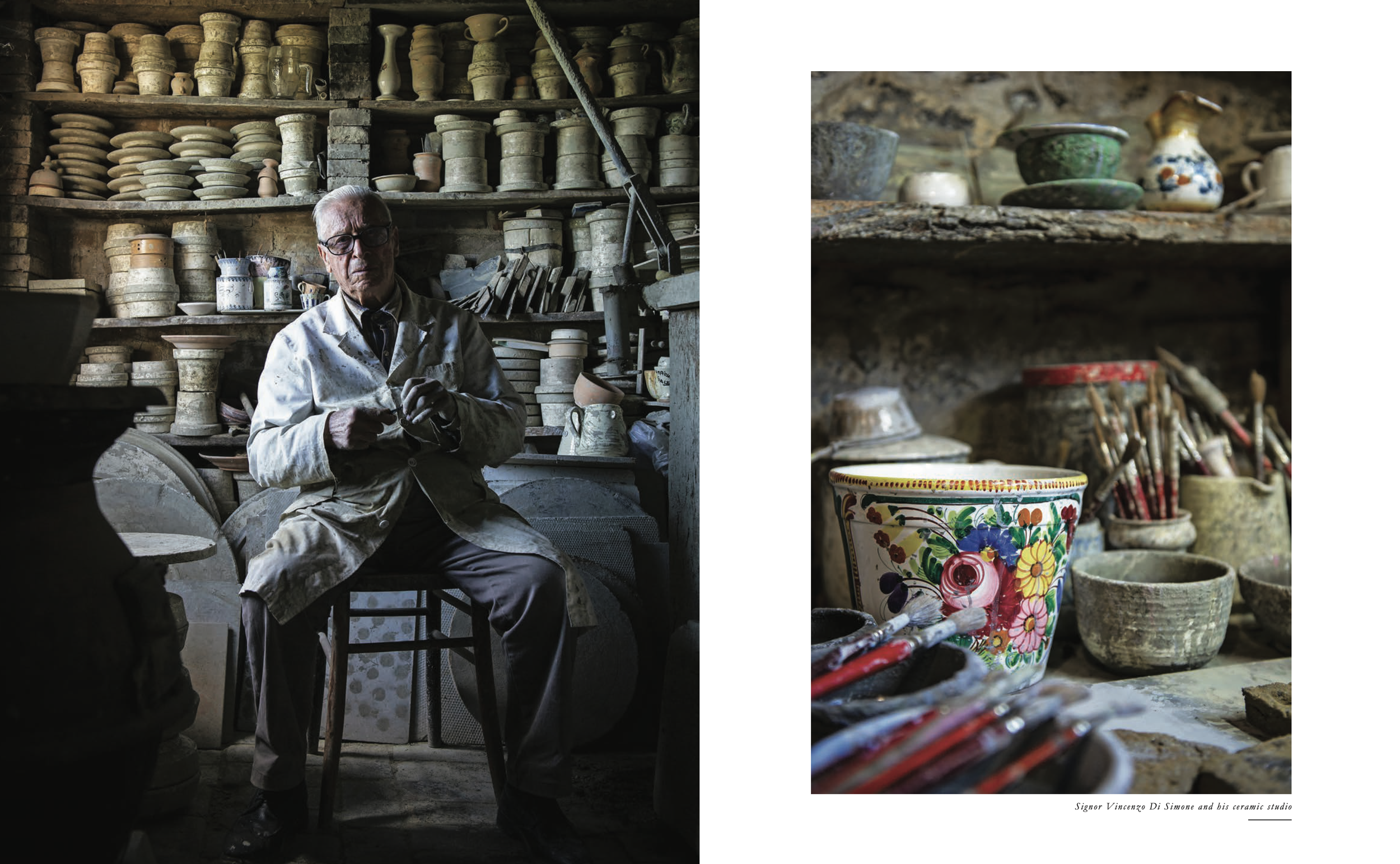




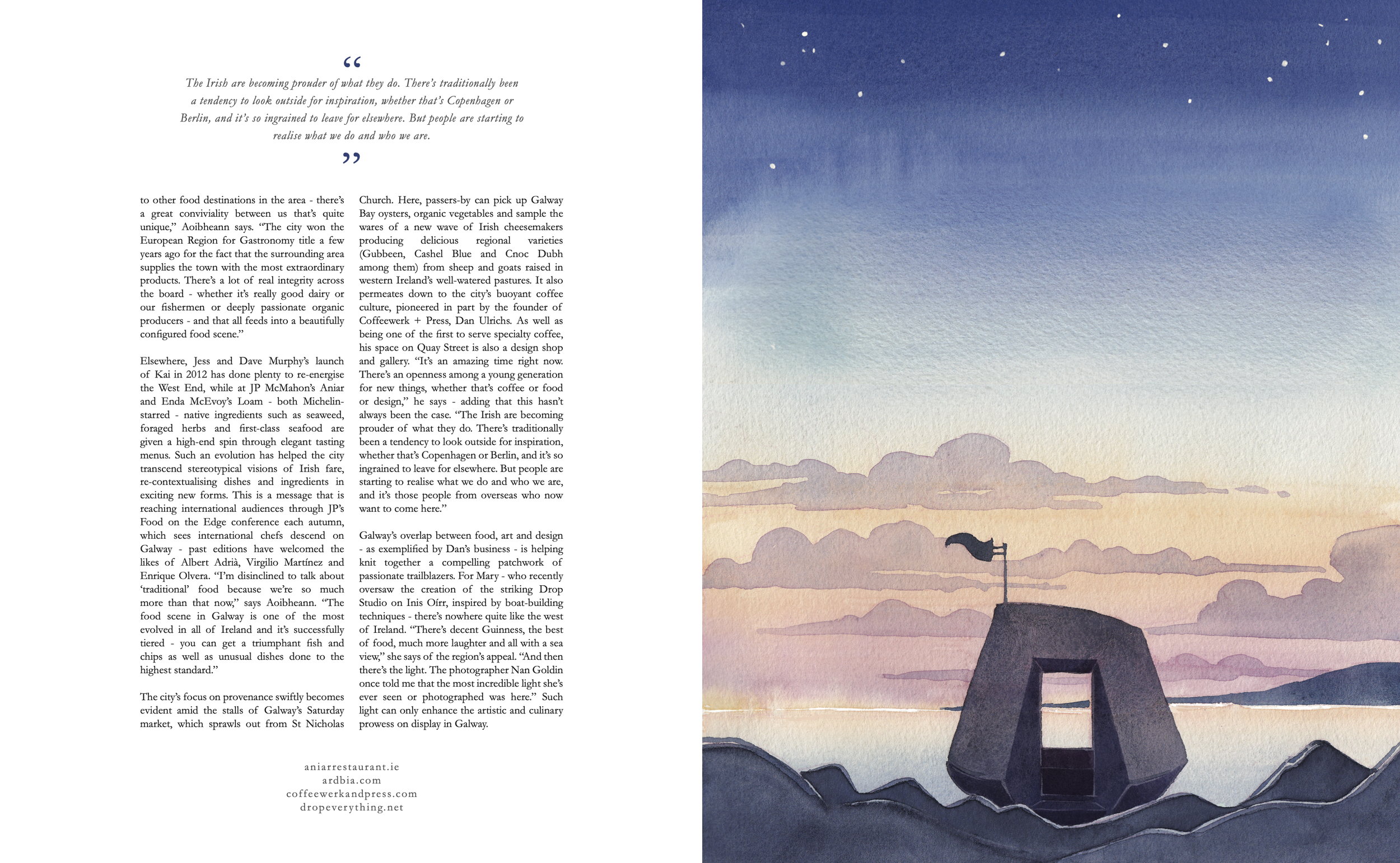



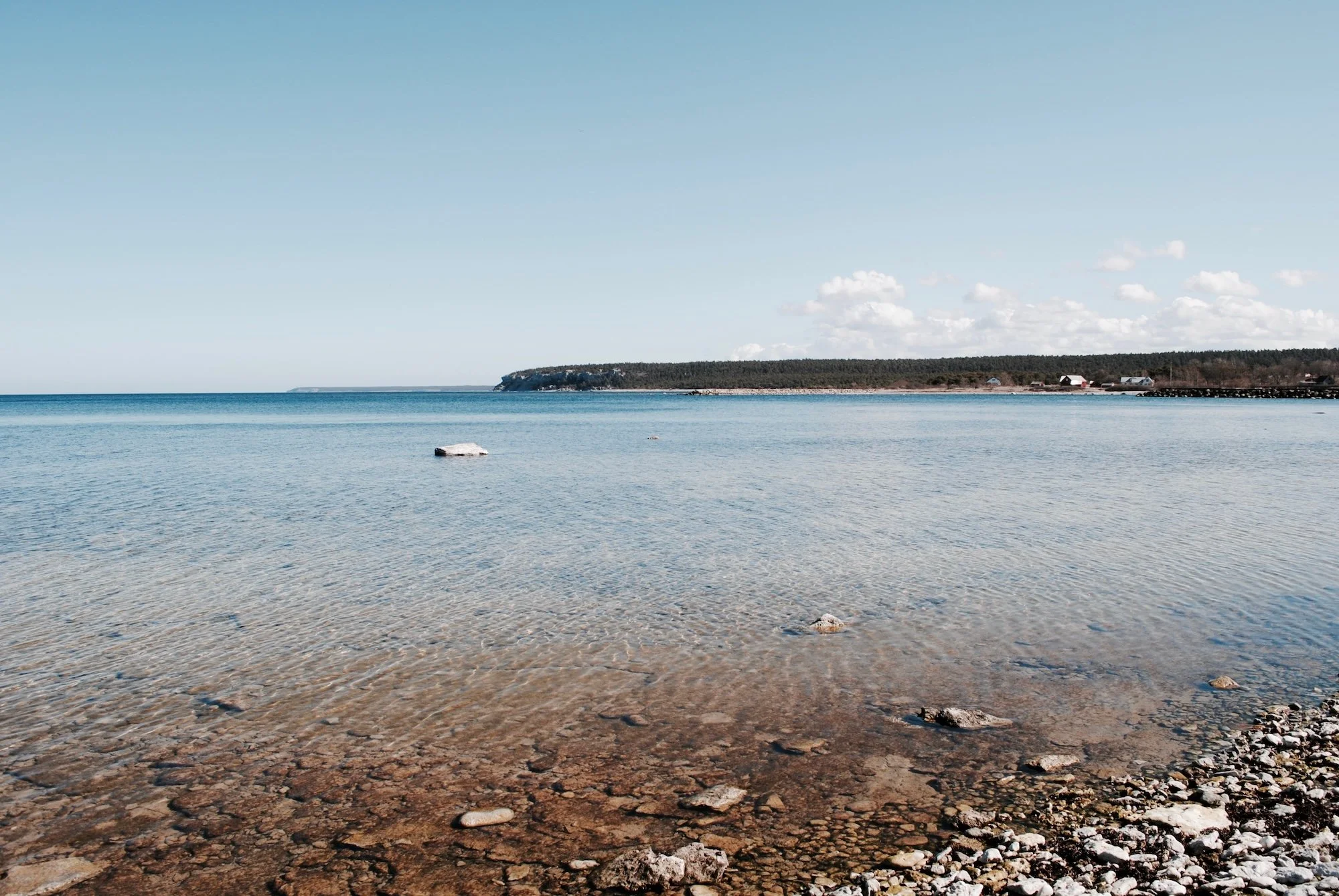

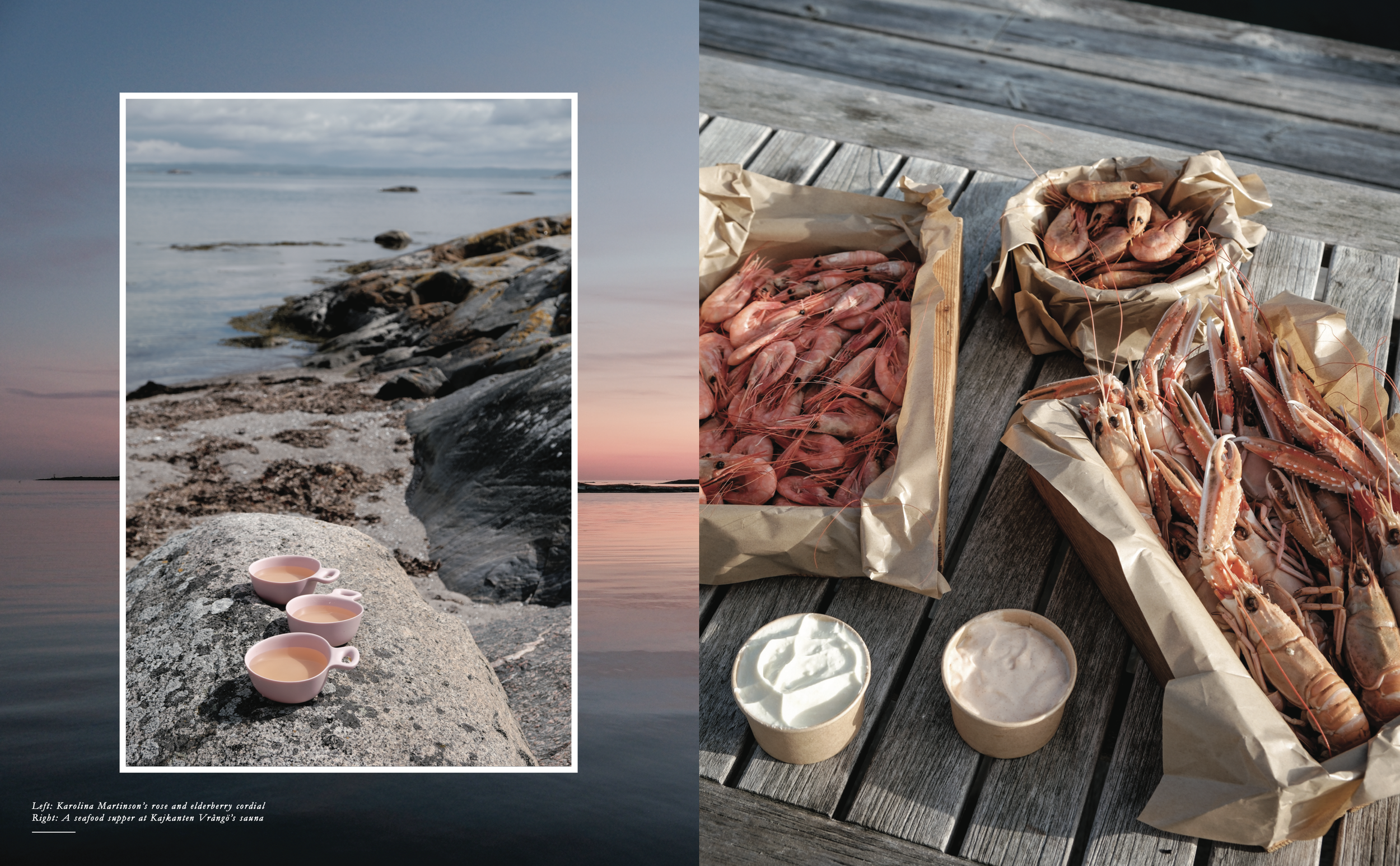

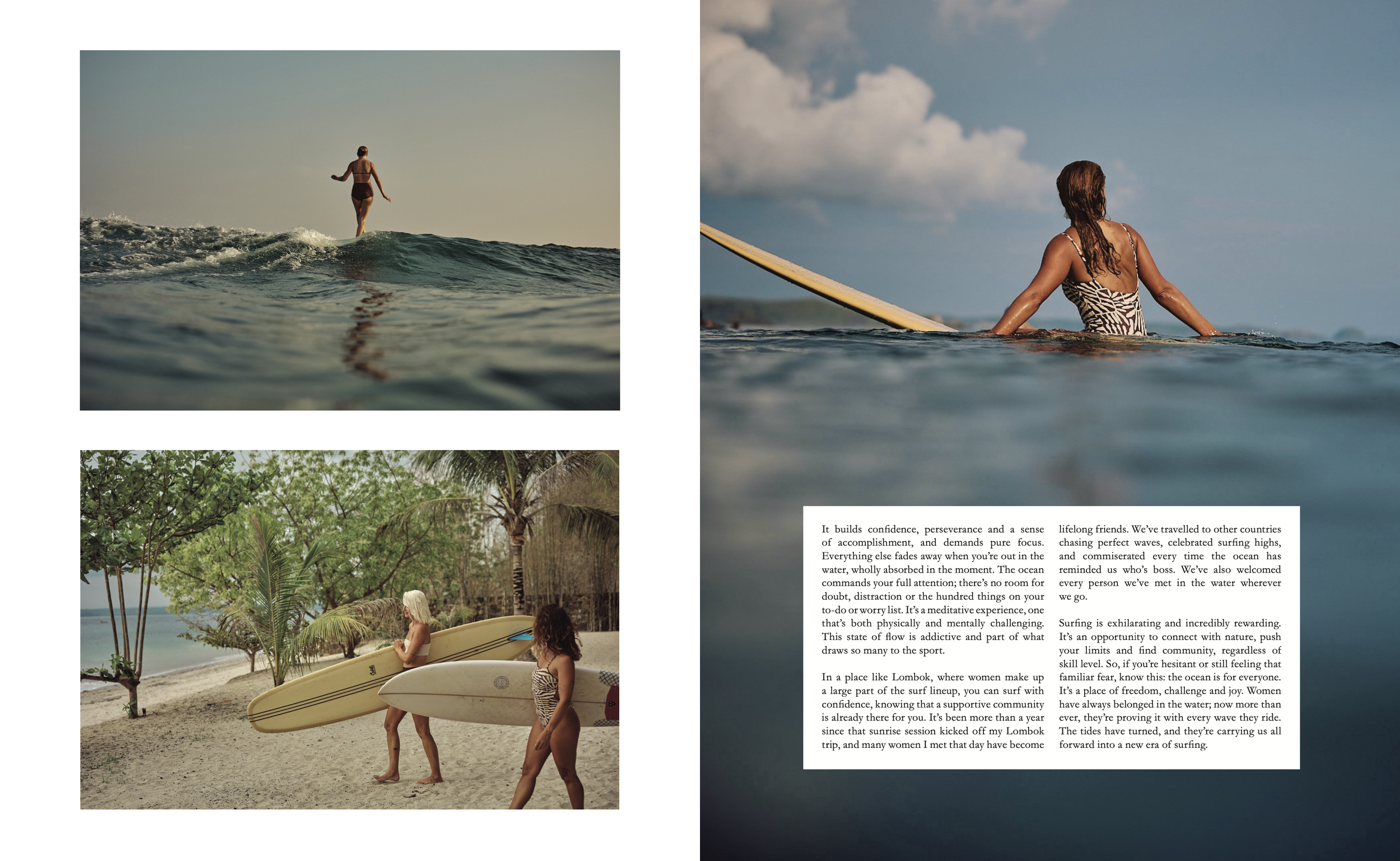

























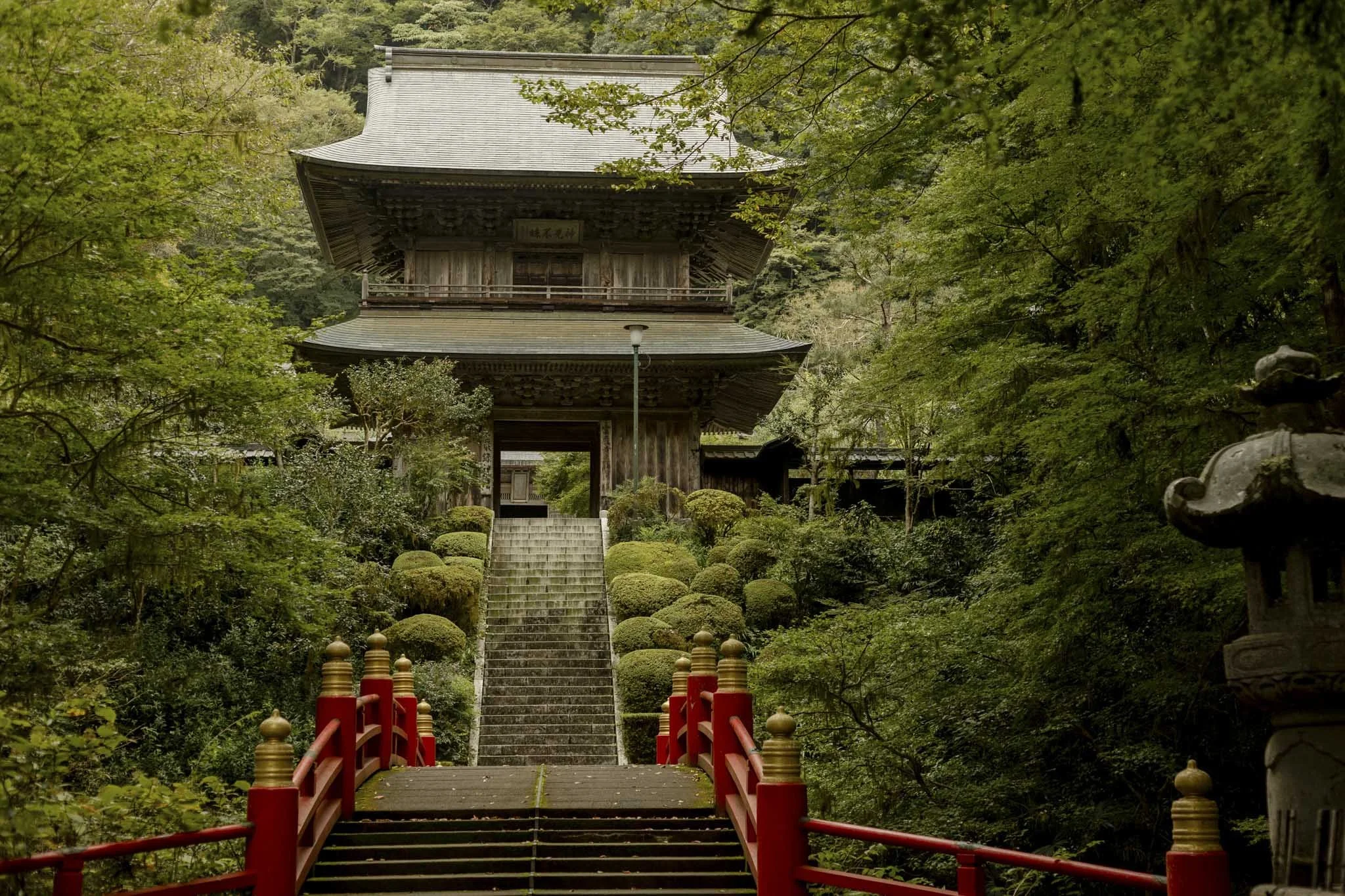











Celebrating Cecil Beaton at Wales’ Hawarden Estate.